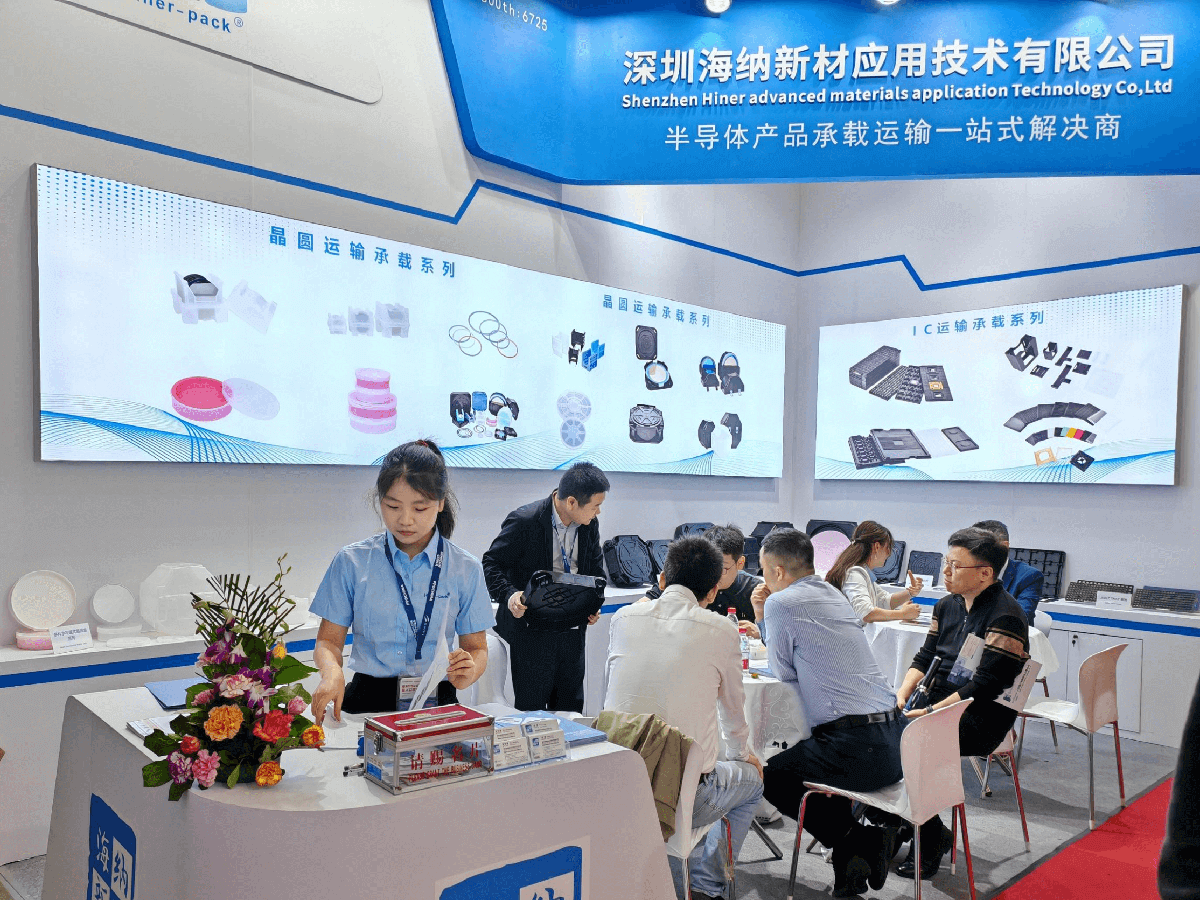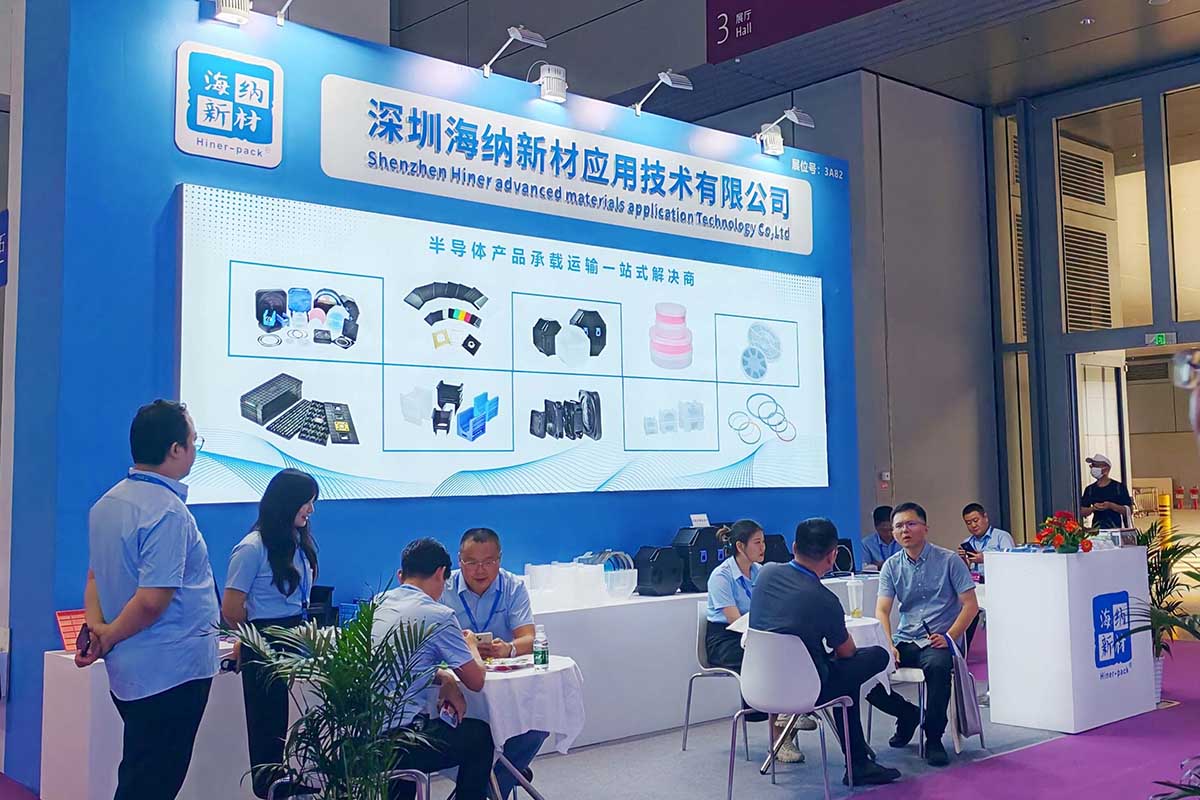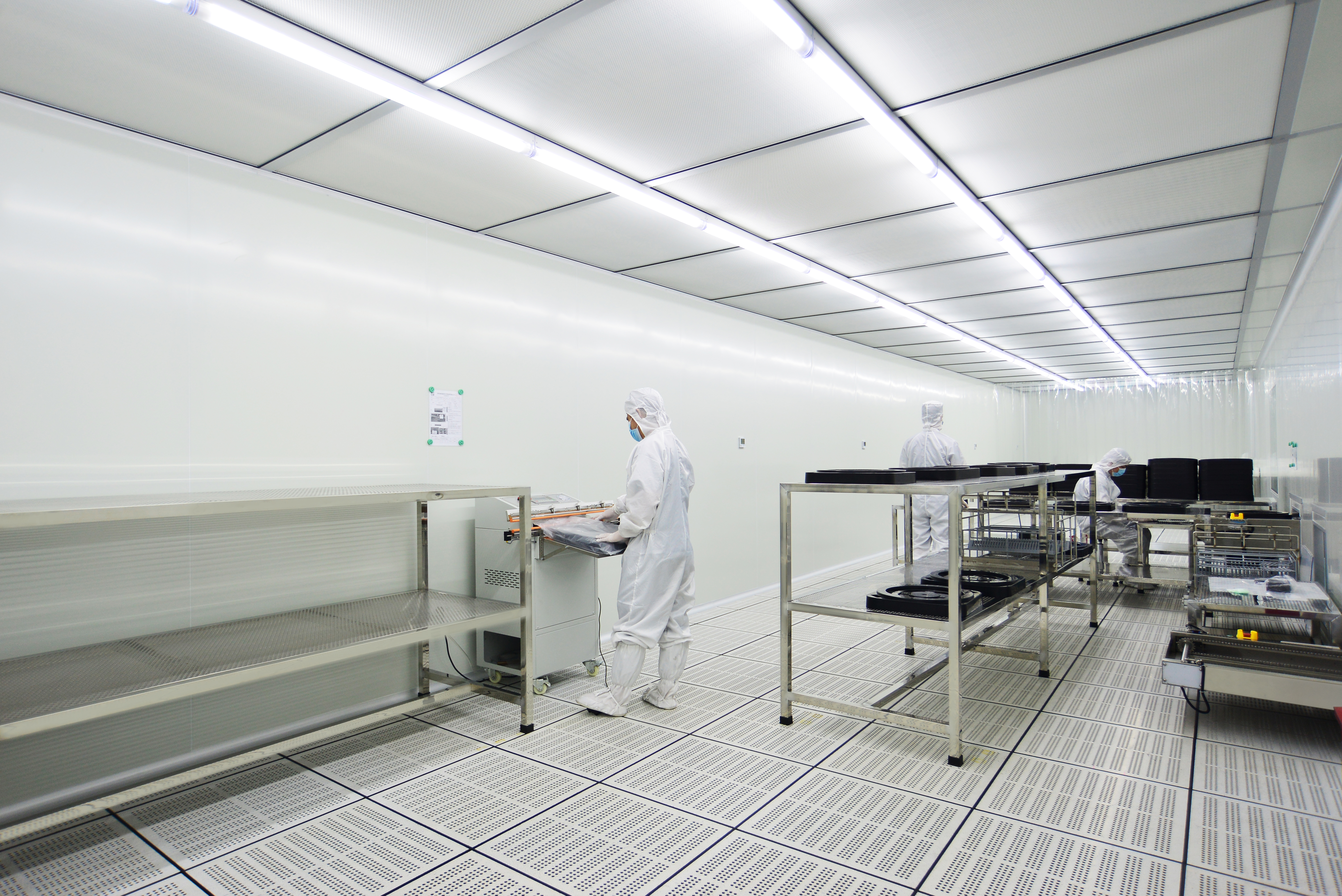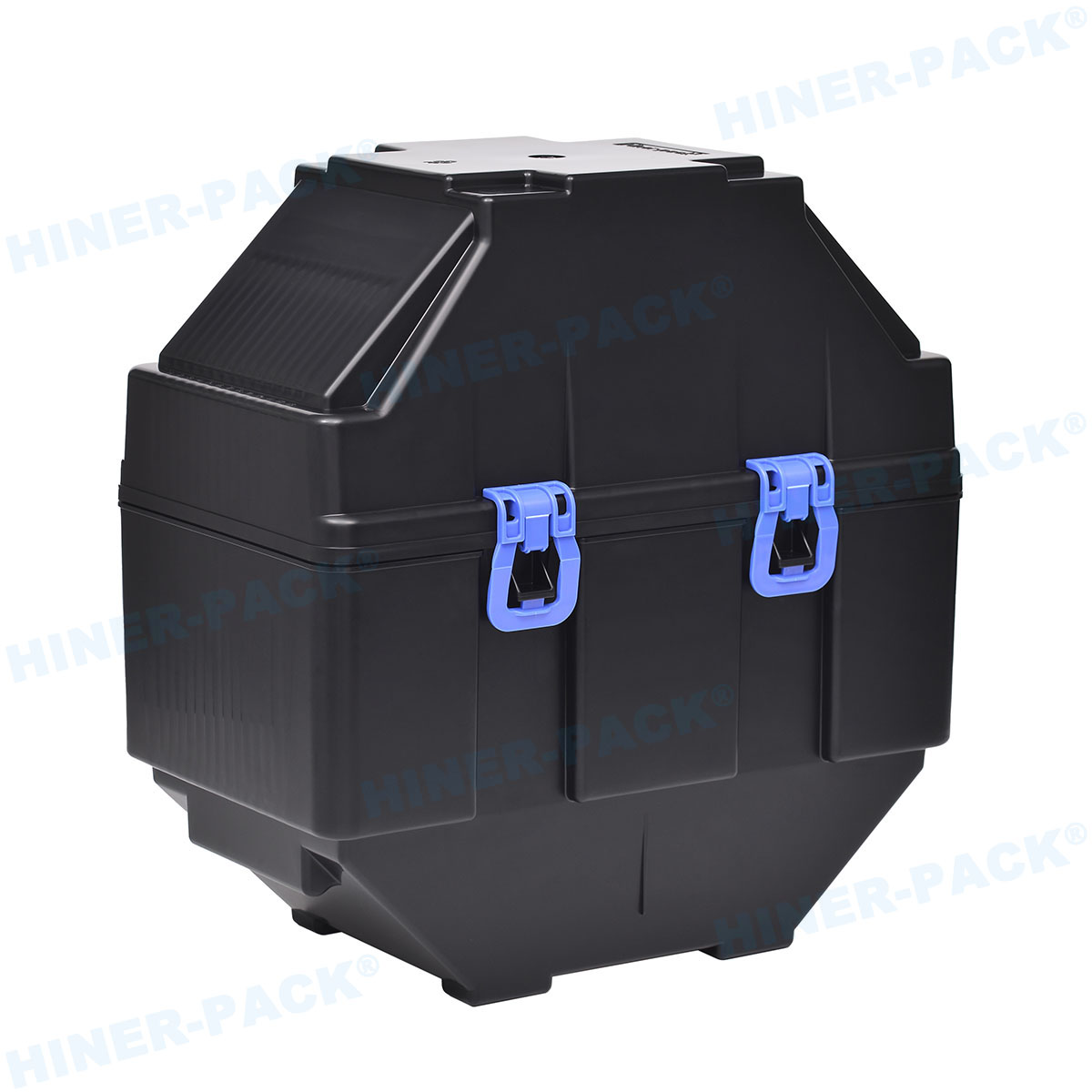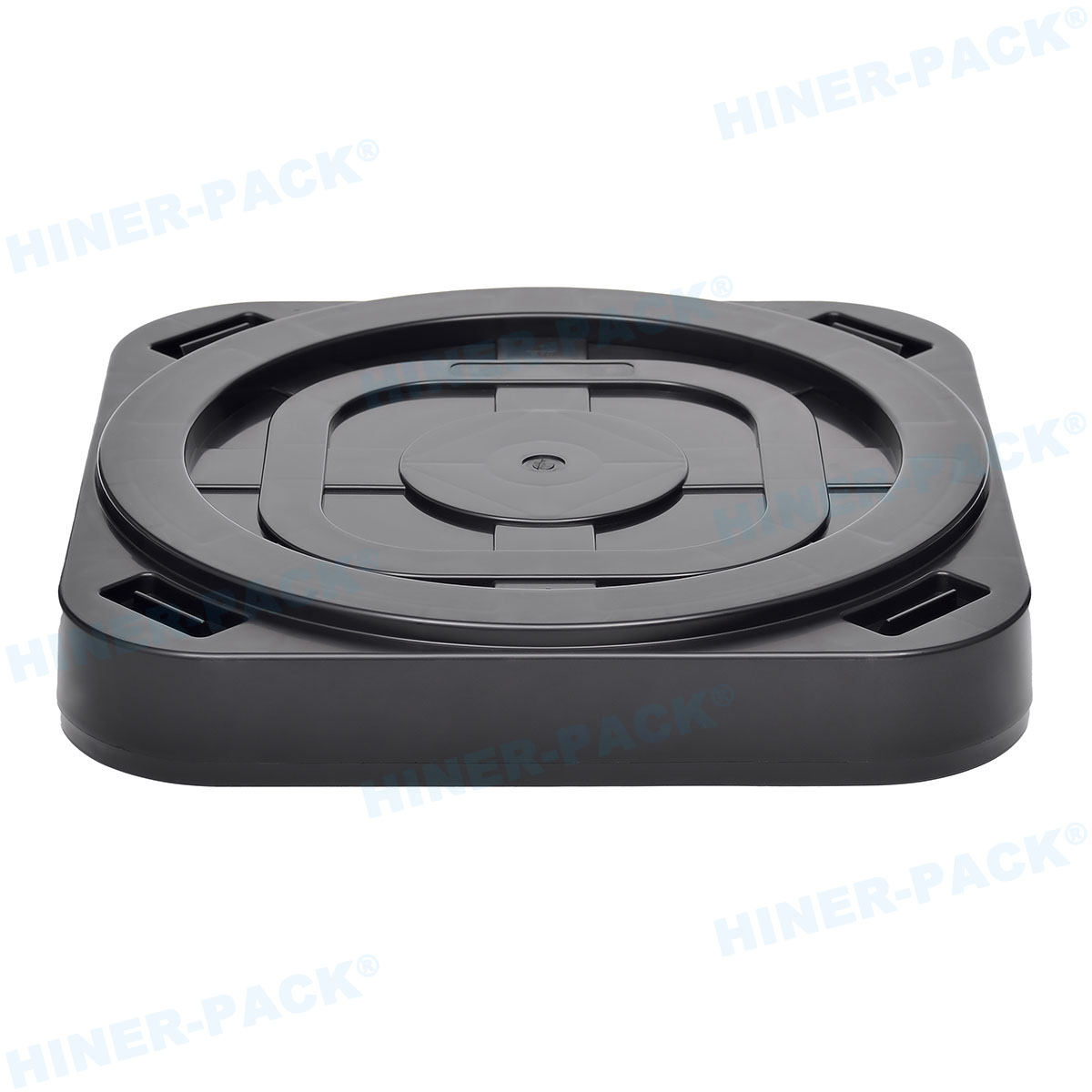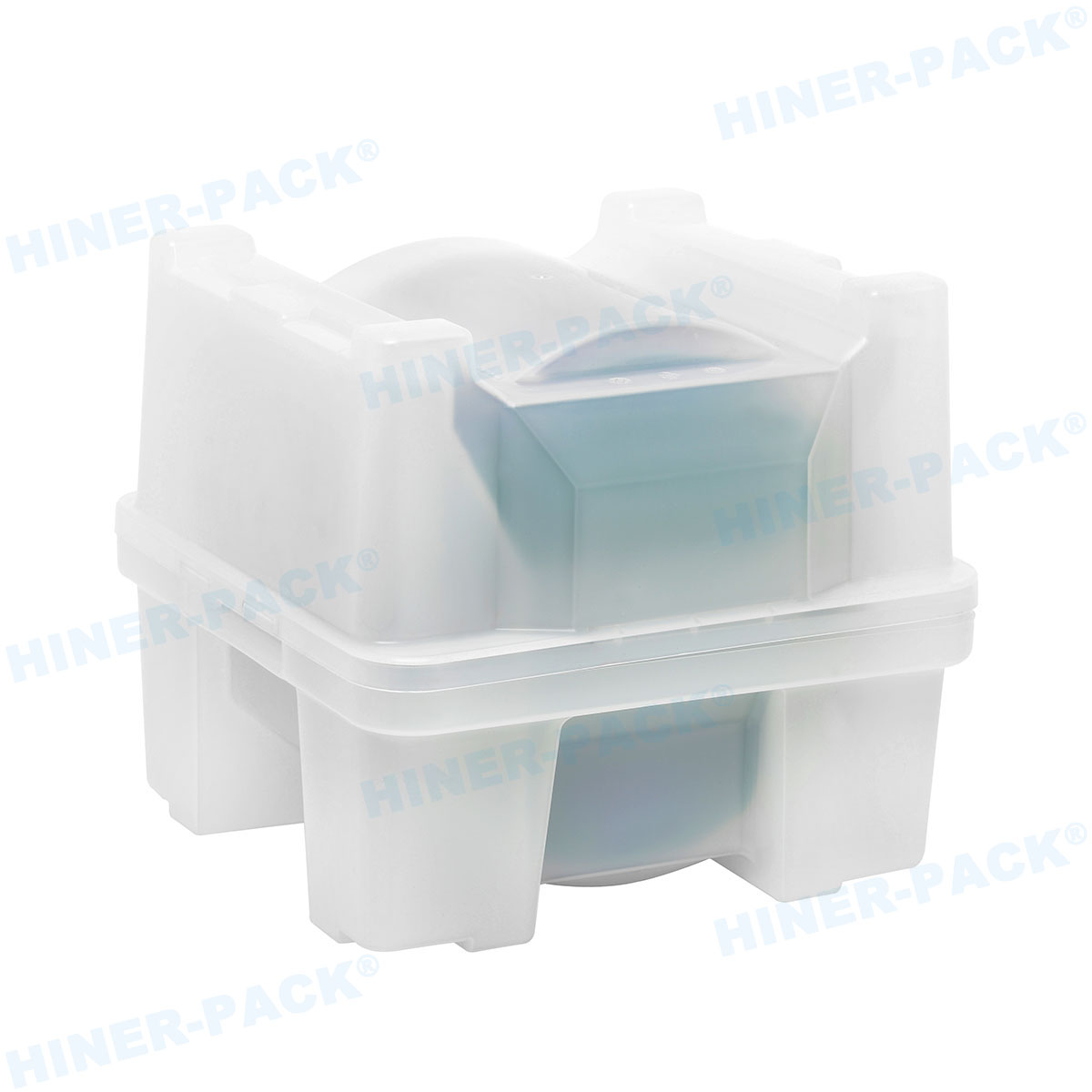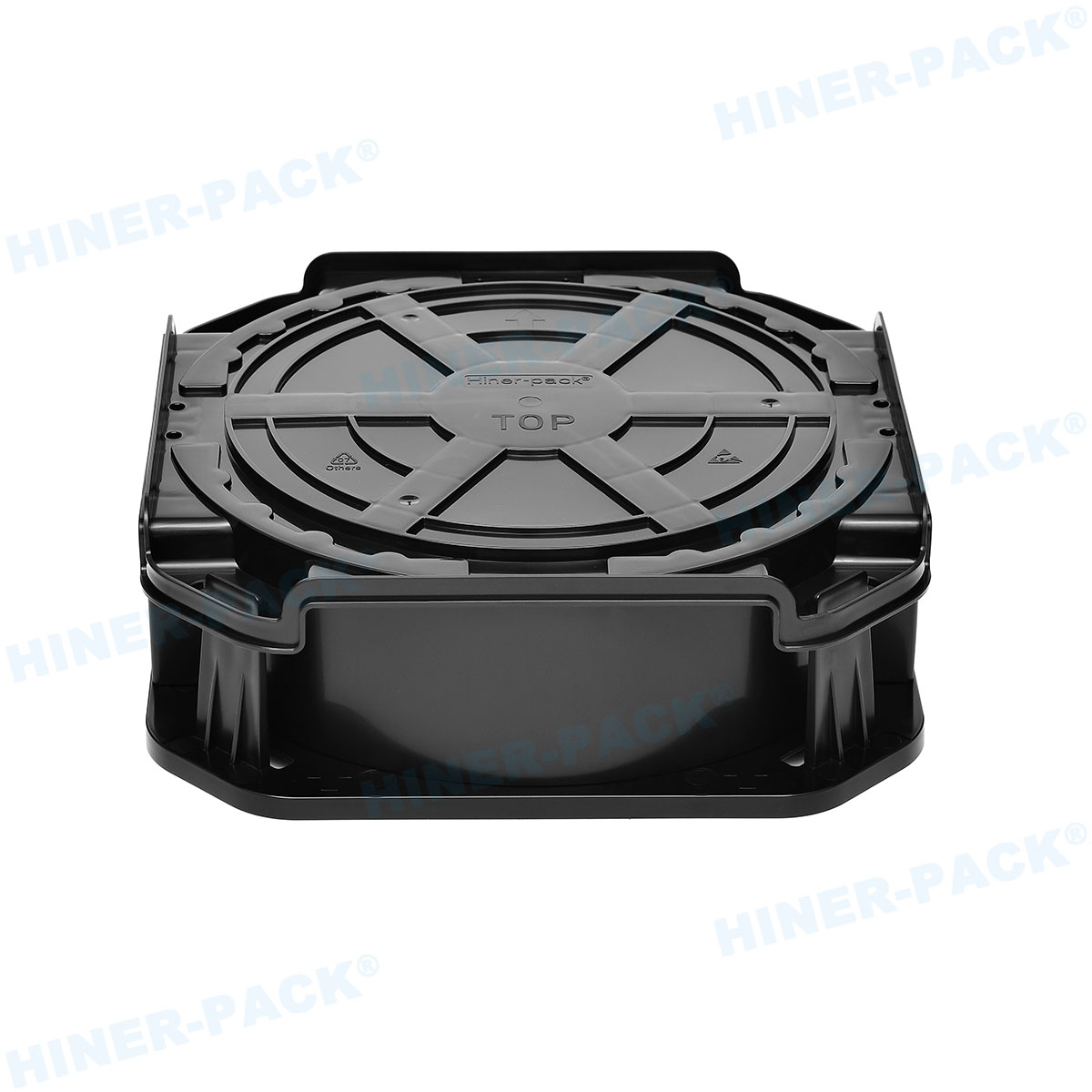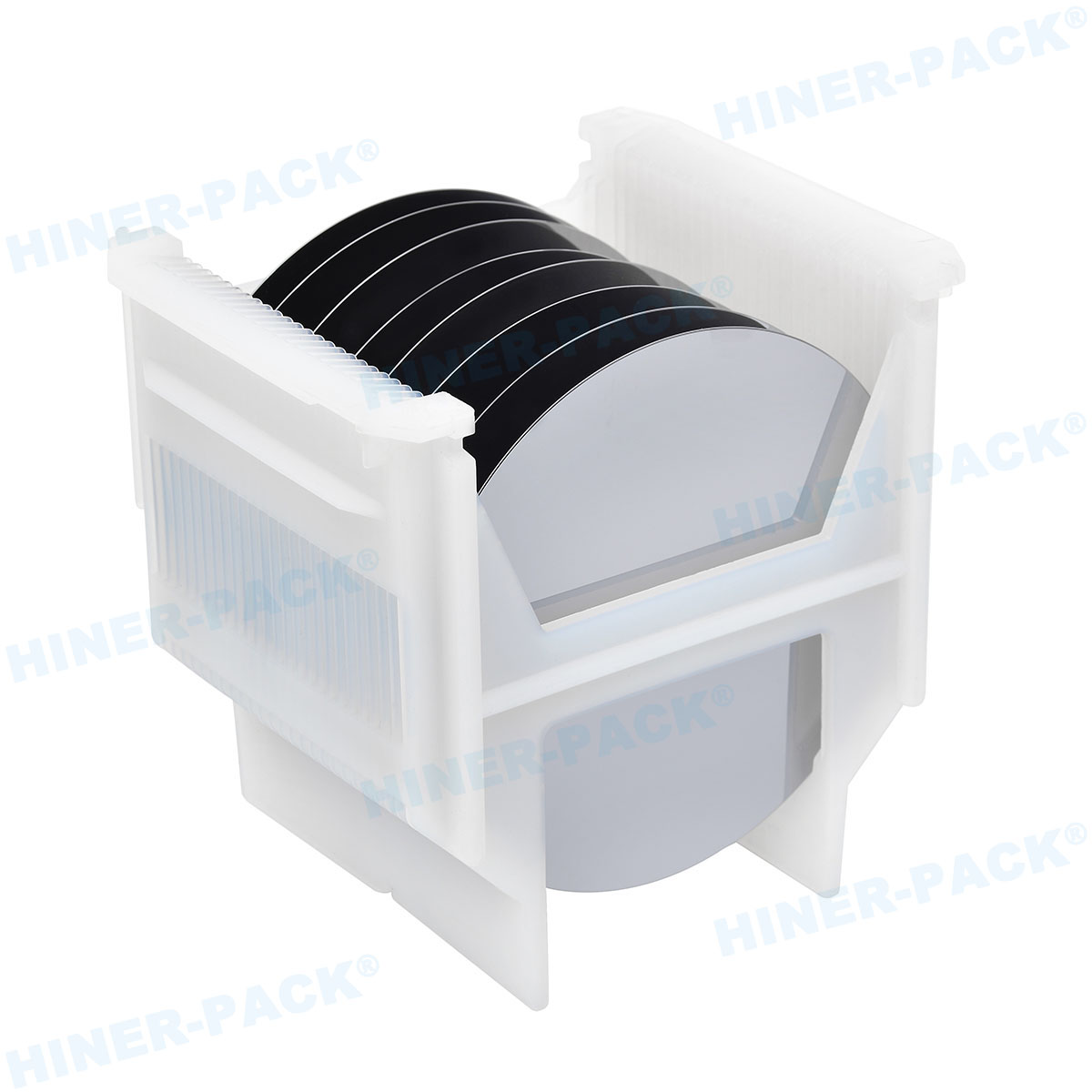In the highly precise and demanding world of semiconductor manufacturing, every component plays a critical role in ensuring efficiency, safety, and reliability. Among these components, the wafer fuse holder is a fundamental yet often overlooked element that provides essential circuit protection. This device is specifically designed to house fuses in systems where space is at a premium and failure is not an option, such as in wafer processing equipment, testing handlers, and power distribution units within semiconductor fabrication plants (fabs). Understanding the intricacies of the wafer fuse holder is vital for engineers, technicians, and procurement specialists aiming to optimize system performance and prevent costly downtimes. This article delves deep into seven key aspects of the wafer fuse holder, exploring its definition, functionality, types, applications, benefits, selection criteria, and common problems. By the end, you will have a thorough grasp of why this component is indispensable in the semiconductor sector and how to address typical challenges associated with its use.
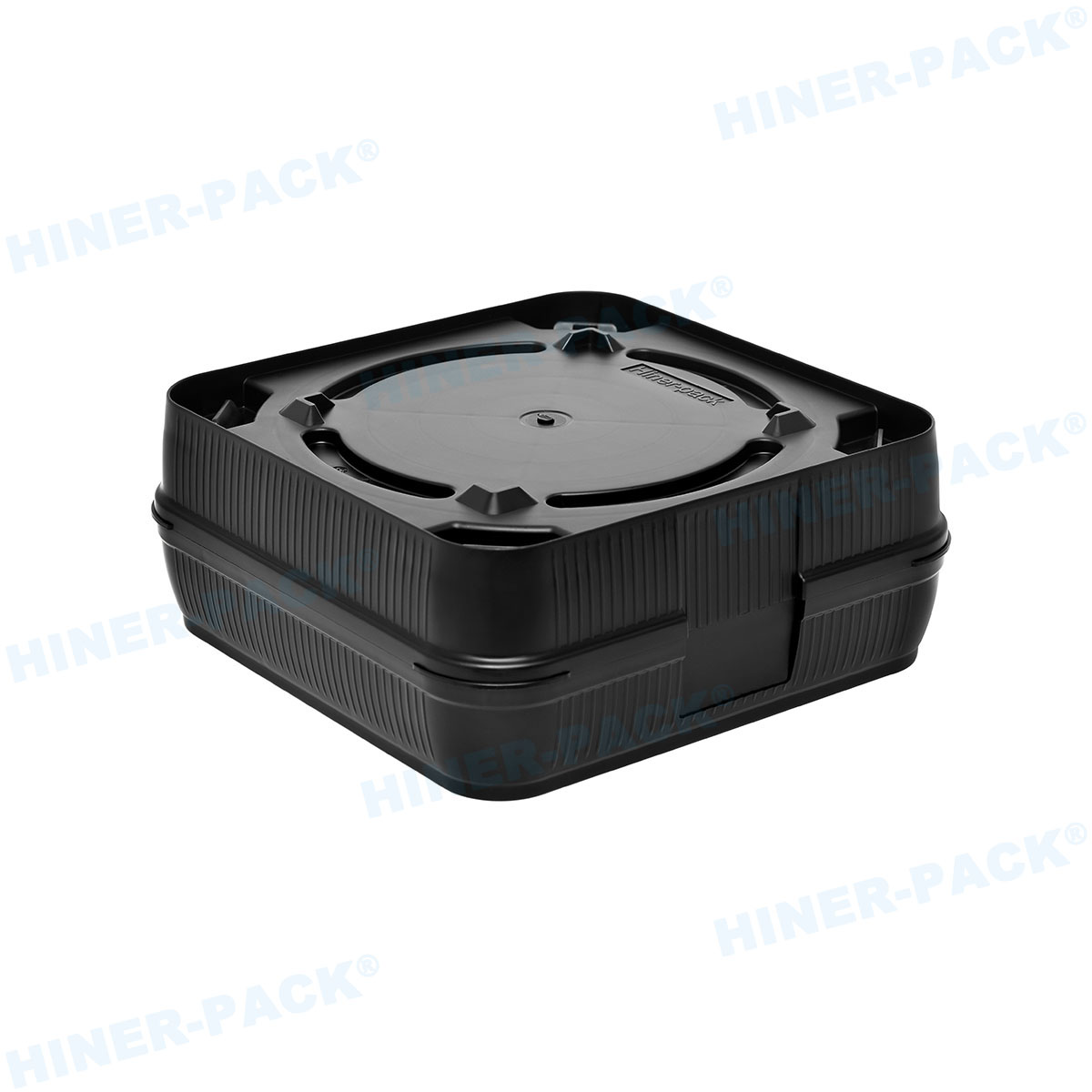
What is a Wafer Fuse Holder? Defining the Core Component
A wafer fuse holder is a specialized electrical device used to securely hold and connect a fuse in a circuit. The term "wafer" often refers to its slim, compact design, resembling a wafer in thickness, which makes it ideal for high-density applications common in semiconductor machinery. Unlike bulkier traditional fuse holders, the wafer fuse holder is engineered for minimal spatial footprint, allowing it to be integrated into tight spaces on printed circuit boards (PCBs), control panels, or power supplies without compromising performance. Typically constructed from durable materials like thermoplastics, ceramics, or high-temperature polymers, these holders provide excellent insulation and resistance to harsh environments, including exposure to chemicals, heat, and vibration—common conditions in semiconductor fabs.
The primary function of a wafer fuse holder is to ensure a safe and reliable connection between the fuse and the circuit. It facilitates easy installation and replacement of fuses, which are crucial for overcurrent protection. In semiconductor applications, where sensitive components like integrated circuits (ICs) and microprocessors are vulnerable to power surges, the wafer fuse holder acts as a first line of defense. By housing fuses rated for specific current levels, it helps prevent damage from short circuits or overloads, thereby safeguarding expensive equipment and maintaining production integrity. Key features often include color-coding for easy identification, touch-safe designs to enhance operator safety, and compliance with international standards such as UL, IEC, and RoHS, which are paramount in the globally regulated semiconductor industry.
Moreover, the design of a wafer fuse holder can vary based on the fuse type it accommodates, such as cartridge fuses, blade fuses, or surface-mount fuses. In semiconductor contexts, holders for miniature or subminiature fuses are prevalent due to the miniaturization trend in electronics. Understanding the basic anatomy—including terminals, housing, and contact mechanisms—is essential for proper selection. For instance, some holders feature screw terminals for secure wiring, while others use quick-connect tabs for rapid assembly. This versatility makes the wafer fuse holder a adaptable solution across various stages of semiconductor manufacturing, from wafer probing to final packaging.
How Does a Wafer Fuse Holder Work? The Mechanism Unveiled
The operation of a wafer fuse holder revolves around its ability to maintain a stable electrical path while allowing for quick fuse intervention in case of faults. At its core, the holder consists of two main parts: the base, which is fixed to the PCB or panel, and the fuse compartment, which securely holds the fuse. When installed, the fuse bridges the gap between the input and output terminals, completing the circuit. The wafer fuse holder ensures low-resistance contacts through spring-loaded clips or precision-machined metal parts, minimizing voltage drop and power loss—a critical factor in high-efficiency semiconductor systems where even minor inefficiencies can lead to significant energy waste or heat generation.
In normal operation, current flows seamlessly through the fuse via the holder's contacts. However, if an overcurrent condition occurs (e.g., due to a short circuit or excessive load), the fuse element inside heats up and melts (or "blows"), interrupting the circuit. The wafer fuse holder plays a vital role here by containing the arc and any debris from the blown fuse, preventing secondary damage to surrounding components. This is especially important in semiconductor environments, where contamination from metallic particles or sparks could ruin delicate wafers. Many wafer fuse holder models incorporate arc-quenching materials or designs that extinguish electrical arcs quickly, enhancing safety.
The mechanism also includes features for easy maintenance. For example, some holders have indicator windows or LED lights that signal a blown fuse, allowing technicians to identify issues without disassembly. In automated semiconductor equipment, such as etchers or deposition tools, this reduces downtime by enabling swift fuse replacement. Additionally, the wafer fuse holder must maintain its integrity under thermal cycling—a common scenario in fabs where temperatures fluctuate during processes. Materials with high thermal stability, like glass-filled nylons or ceramics, ensure that the holder does not degrade over time, preserving contact pressure and electrical continuity. Understanding this workflow highlights why a well-designed wafer fuse holder is more than just a passive component; it is an active participant in circuit protection.
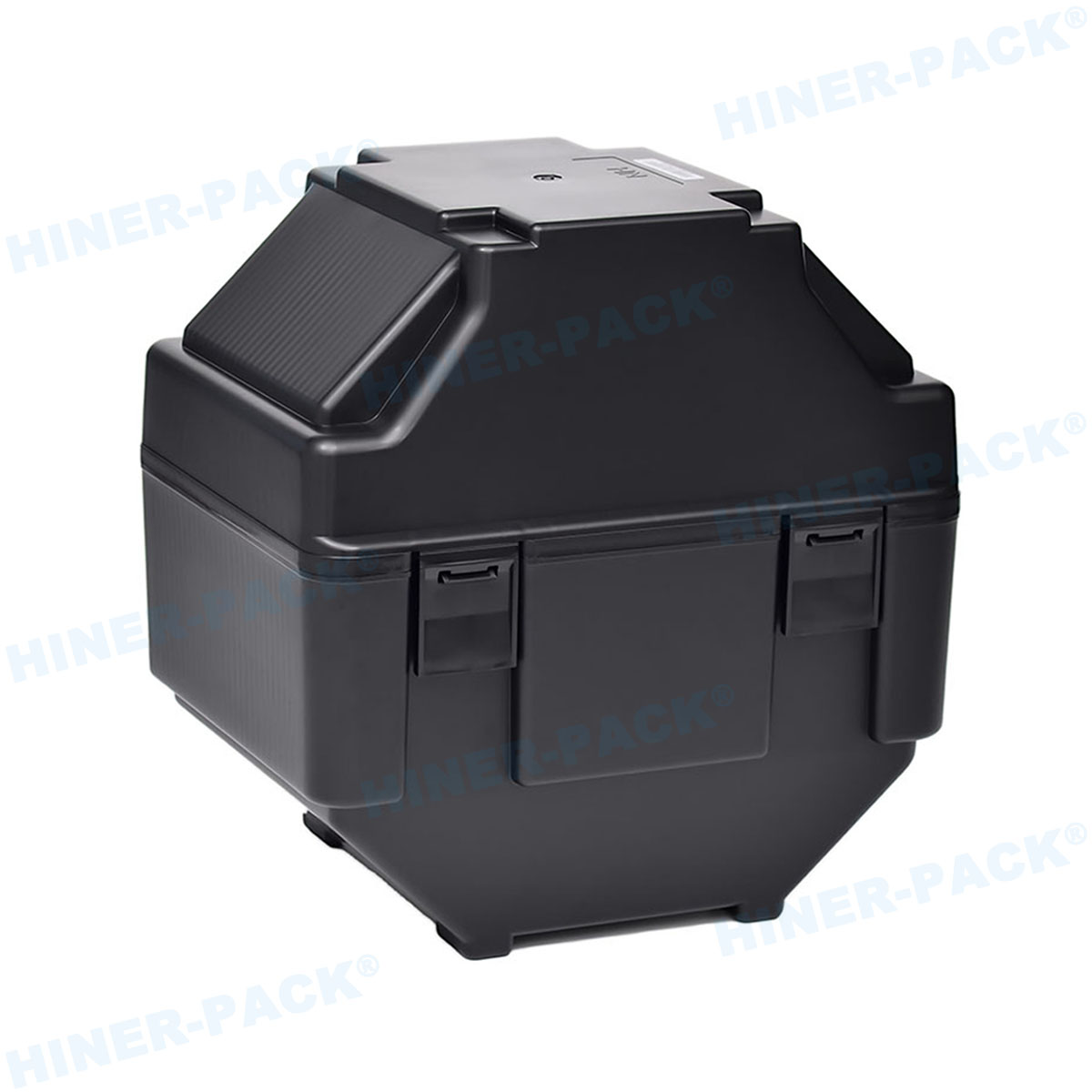
Types of Wafer Fuse Holders: Choosing the Right Variant for Your Application
The diversity in wafer fuse holder designs caters to the varied needs of the semiconductor industry. Selecting the appropriate type depends on factors such as current rating, voltage requirements, space constraints, and environmental conditions. Here are the primary categories of wafer fuse holder commonly encountered:
PCB-Mounted Wafer Fuse Holders: These are designed for direct soldering onto printed circuit boards, making them ideal for compact semiconductor devices like sensors, power management ICs, or test interfaces. They often feature surface-mount technology (SMT) or through-hole mounting, with options for vertical or horizontal orientation to optimize board layout. The wafer fuse holder in this form factor is crucial for protecting low-voltage circuits in wafer inspection systems.
Panel-Mounted Wafer Fuse Holders: Used in control panels or distribution boards within semiconductor fabs, these holders are installed via mounting holes or DIN rails. They typically accommodate larger fuses with higher current ratings, suitable for main power supplies or motor drives. A key advantage is their accessibility, allowing for quick fuse changes without dismantling equipment.
Miniature and Subminiature Wafer Fuse Holders: As semiconductor devices shrink, these holders support tiny fuses (e.g., 5x20mm or 3.6x10mm sizes) while maintaining high performance. They are common in portable testers or wafer handling robots where space is limited. The wafer fuse holder in this category often includes features like flip-open lids for tool-less fuse replacement.
Waterproof or Sealed Wafer Fuse Holders: In semiconductor cleanrooms or wet benches, where exposure to chemicals or moisture is possible, these holders offer IP67 or higher ratings to prevent ingress. They use gaskets or potting compounds to seal the fuse compartment, ensuring reliability in harsh conditions.
High-Temperature Wafer Fuse Holders: Designed for environments with elevated temperatures, such as near ovens or plasma chambers, these holders use materials like ceramic or PEEK that withstand temperatures exceeding 150°C. This type of wafer fuse holder is essential for maintaining protection in thermal processing equipment.
Each type has specific certifications (e.g., UL 248 or IEC 60127) that guarantee compliance with safety standards. Engineers must match the holder to the fuse's characteristics, such as breaking capacity and speed (e.g., fast-acting vs. time-delay), to ensure optimal protection. For instance, in semiconductor power supplies, a fast-acting wafer fuse holder can prevent damage from sudden surges, while a time-delay variant might be better for inductive loads. Understanding these types enables informed decisions that enhance system reliability.
Applications of Wafer Fuse Holders in the Semiconductor Industry
The semiconductor industry relies on precise and uninterrupted operations, and the wafer fuse holder finds applications across multiple stages of manufacturing and testing. Its role in circuit protection is critical for minimizing downtime and protecting capital-intensive machinery. Below are key areas where the wafer fuse holder is indispensable:
Wafer Processing Equipment: In tools like chemical vapor deposition (CVD) systems or ion implanters, the wafer fuse holder protects control circuits and power modules from overcurrent events. These machines involve high voltages and sensitive electronics; a failure could lead to wafer scrap or equipment damage. By integrating wafer fuse holders into power distribution units, manufacturers ensure that faults are isolated quickly.
Test and Measurement Systems: Semiconductor testing handlers and probe stations use wafer fuse holders to safeguard interface circuits during wafer sort or final test. For example, in automated test equipment (ATE), fuses held by these devices prevent damage from misloaded wafers or electrical faults, preserving the integrity of test results.
Power Supplies and Converters: DC power supplies for semiconductor tools often incorporate wafer fuse holders on input and output lines. They protect against reverse polarity, short circuits, or overloads, which is vital for maintaining stable power to critical components like RF generators in etching systems.
Cleanroom and HVAC Controls: Semiconductor fabs require precise environmental controls. The wafer fuse holder is used in HVAC and filtration systems to protect motor drives and sensors, ensuring that cleanroom conditions remain stable—a necessity for yield optimization.
Robotics and Automation: Wafer handling robots use wafer fuse holders in their control cabinets to protect servo drives and communication modules. Given the high cost of robotics, this protection helps avoid prolonged stoppages.
In all these applications, the wafer fuse holder contributes to overall equipment effectiveness (OEE) by reducing mean time to repair (MTTR). For instance, a modular wafer fuse holder with quick-connect features allows technicians to replace fuses in minutes, compared to hardwired solutions. Moreover, as the industry moves toward Industry 4.0, smart wafer fuse holders with monitoring capabilities are emerging, enabling predictive maintenance through IoT integration. This evolution underscores the growing importance of the wafer fuse holder in smart semiconductor fabs.
Benefits of Using Wafer Fuse Holders in Semiconductor Systems
Implementing a robust wafer fuse holder strategy offers numerous advantages that directly impact the efficiency and safety of semiconductor operations. Here are the primary benefits:
Enhanced Safety: The wafer fuse holder provides a secure enclosure that prevents accidental contact with live parts, reducing the risk of electric shock to personnel. In semiconductor fabs, where operators work with high-voltage equipment, this is a non-negotiable safety feature. Additionally, by containing fuse blow events, it minimizes the chance of fires or explosions.
Space Efficiency: The compact design of a wafer fuse holder allows for high-density installations on PCBs or panels, which is crucial in modern semiconductor tools where real estate is limited. This efficiency enables designers to pack more functionality into smaller footprints, supporting the trend toward miniaturization.
Ease of Maintenance: Unlike soldered-in fuses, a wafer fuse holder permits quick and tool-free fuse replacement. This reduces maintenance time and costs, which is critical in 24/7 semiconductor production environments. Many holders include visual indicators that simplify troubleshooting.
Reliability and Longevity: High-quality wafer fuse holders are built to withstand vibrations, thermal cycles, and chemical exposures common in fabs. This durability ensures consistent performance over time, reducing the frequency of replacements and associated downtime.
Compliance with Standards: Using certified wafer fuse holders helps semiconductor manufacturers meet regulatory requirements such as SEMI standards or regional safety codes, facilitating global market access.
Cost-Effectiveness: By preventing equipment damage from electrical faults, the wafer fuse holder lowers total cost of ownership. It is an inexpensive component that can avert costly repairs or production losses, offering a high return on investment.
These benefits make the wafer fuse holder a smart choice for any semiconductor application, underscoring its value beyond basic circuit protection.
Common Problems with Wafer Fuse Holders and How to Troubleshoot Them
Despite their reliability, wafer fuse holders can encounter issues that affect performance. Understanding these common problems and their solutions is key to maintaining system integrity. Here are five frequent challenges associated with wafer fuse holders in semiconductor settings:
Poor Contact Resistance: Over time, oxidation or contamination on the holder's contacts can increase resistance, leading to voltage drops, overheating, and nuisance blowing of fuses. This is common in humid or corrosive environments. Solution: Regularly inspect and clean contacts with appropriate solvents. Use wafer fuse holders with gold-plated contacts for better corrosion resistance.
Incorrect Fuse Rating: Using a fuse with the wrong current or voltage rating in the wafer fuse holder can cause either inadequate protection or frequent blowing. For example, a fuse rated too low may blow under normal loads. Solution: Always match the fuse to the circuit requirements as per design specifications. Consult datasheets for the wafer fuse holder's compatible fuse types.
Mechanical Damage: The holder may crack or break due to physical stress during installation or operation, especially if made from inferior materials. This can expose live parts and cause short circuits. Solution: Handle with care during assembly. Choose wafer fuse holders with robust materials like polycarbonate for impact resistance.
Thermal Overstress: In high-temperature applications, the wafer fuse holder may deform, loosening contacts and compromising safety. This is a risk near heat-generating equipment in fabs. Solution: Select high-temperature rated holders and ensure adequate ventilation. Monitor operating temperatures regularly.
Installation Errors: Improper wiring or loose connections in the wafer fuse holder can lead to arcing or intermittent faults. For instance, overtightening screws might strip threads. Solution: Follow manufacturer guidelines for torque settings and use trained personnel for installation.
Proactive maintenance, including visual inspections and thermal imaging, can detect these issues early. Additionally, opting for wafer fuse holders from reputable suppliers ensures quality and support. By addressing these problems, semiconductor facilities can maximize the lifespan and effectiveness of their wafer fuse holder installations.
In summary, the wafer fuse holder is a small but mighty component that plays a pivotal role in the semiconductor industry. From its basic definition and working principles to its diverse types and applications, this device ensures that circuits remain protected against overcurrent hazards, thereby safeguarding valuable equipment and maintaining production flow. The benefits of using a well-chosen wafer fuse holder—such as enhanced safety, space savings, and ease of maintenance—make it an indispensable part of modern semiconductor systems. However, being aware of common problems like contact issues or thermal stress allows for proactive troubleshooting, minimizing disruptions. As semiconductor technology advances toward smaller nodes and higher complexities, the wafer fuse holder will continue to evolve, offering smarter and more integrated solutions. By prioritizing the selection and maintenance of these holders, industry professionals can contribute to more reliable and efficient manufacturing processes, ultimately driving innovation forward.



